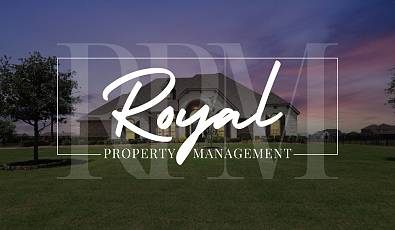Tile to the Max
White kitchens, white baths, white couches, white walls. It was only a matter of time before the pendulum started swinging back. In kitchens, baths, and entry ways, designers are punching up the sea of white with intricate patterns of encaustic tile. It goes by many names—Cuban tile, cement tile, concrete tile—as it’s been around for centuries. Spain, Morocco, Mexico and Italy have been using this building material for years (for its cool feel under the feet); tile is made by baking in colorful decorative designs into cement, usually 12” square.
The tile can also be used on floors or walls to great effect. Here it gives a fresh spin on a deck and enlivens the white and gray outdoor furniture

The tile incredibly durable, can be finished in gloss or matte, and can make a very luxe appearance. The graphic black and white tile pattern in this kitchen provides a stunning base for the touches of black in cabinetry, shelving, rafters, and window mullions.

Encaustic tile is a natural in the bath and makes bold statement in this contemporary design. As an alternative to the usual marble slab and travertine in today’s baths, the tile brings a fresh look that is both practical and beautiful.

While cement tile can be dramatically bold and eye-catching, it doesn’t always have to shout. In this sunroom, a quiet low-key color palette makes for an inviting conversation nook.

The versatility of encaustic tile is undeniable. While the tile has ancient roots, it’s a natural fit for mid-century modern tastes as shown in this living room design. The Moorish-style motifs in these mixed-pattern tiles provide a pleasing contrast to the angular simplicity of the furnishings.

Encaustic tile may be just the thing to spice up the trend for white and gray interiors. It’s like a new neutral but with a lot more pizazz.
Main image from insideout.com.au
- Topics:
- Interior Design


